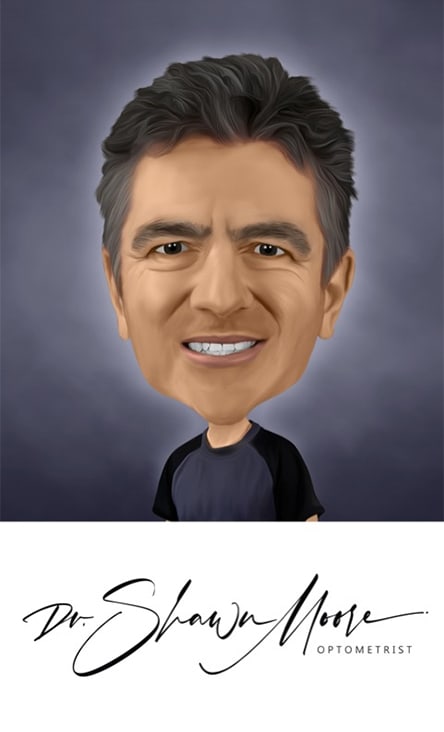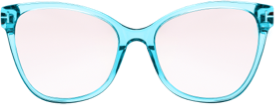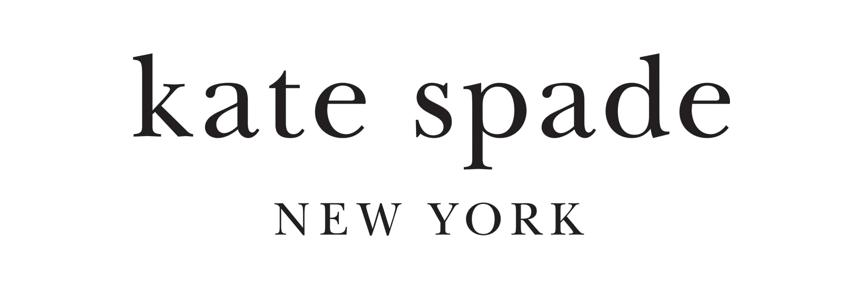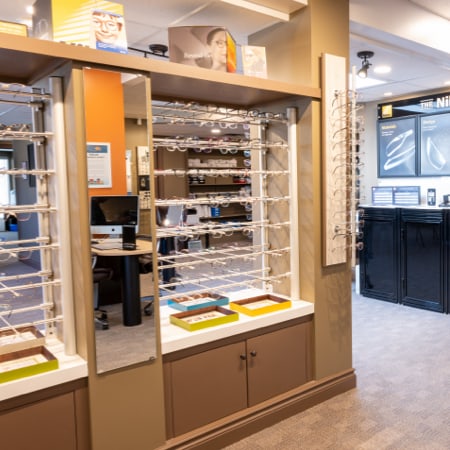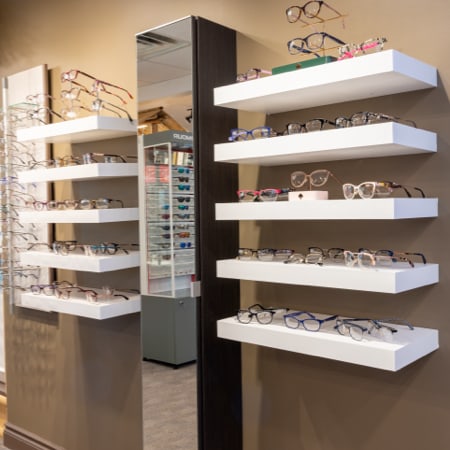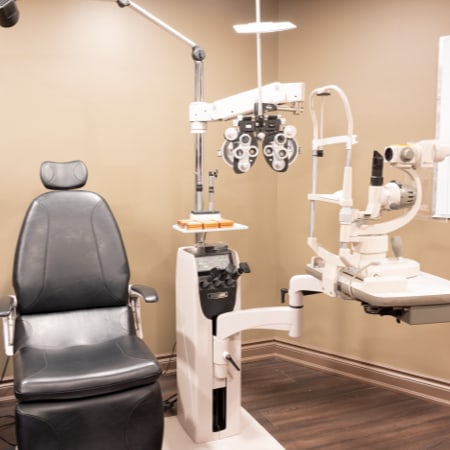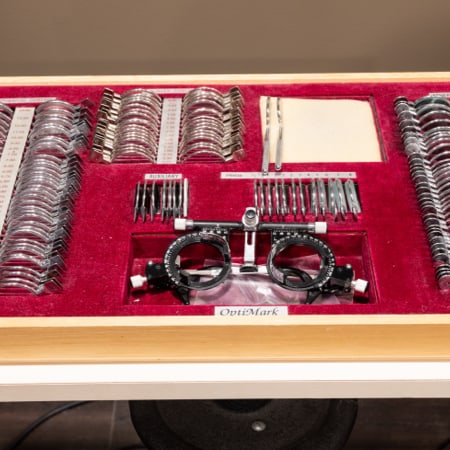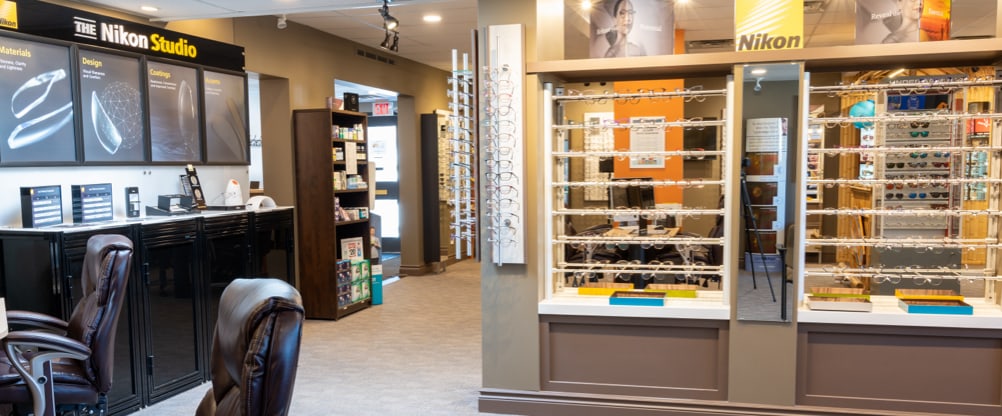Put simply, low vision means that your eyesight is impaired to such an extent that normal corrective treatments will not help. Glasses, contact lenses and surgery are usually ineffective and no treatment is guaranteed to improve the condition.
Low vision affects lives deeply. While few people experience total ‘blackness’, low vision could equal near-blindness. That’s why treatments are being designed which are more powerful than lenses or glasses, aimed at optimising what little sight remains.
What Is Low Vision Exactly?
There’s a middle ground between impaired vision (like that corrected by lenses) and blindness; it can’t be fully corrected, but the patient can still see to a limited extent. Low vision can manifest in a few different ways:
- Depth perception can become problematic.
- Reading (near or far away) can become difficult, putting strain on the eyes.
- Straight edges can appear distorted.
These or any other changes to your vision should prompt you to visit your doctor very quickly.
Causes
Unfortunately for our eyes, there are many different illnesses and circumstances which can lead to vision impairment. Here are a few of the main names to look out for.
Age-Related Macular Degeneration
This condition causes part of the eye (the macula) to break down, severely affecting vision. Around 1.4 million Canadians are currently living with AMD and are therefore at high risk of severe vision impairment, especially those over 60 years old.
Glaucoma
A leading cause of blindness or low vision across the world, this disease causes vision to deteriorate over time. Devastatingly, it can strike with no prior warning or symptoms. Loss of peripheral vision can indicate glaucoma, so visit your doctor immediately if yours worsens.
Cataract
Generally caused by ageing of the body, a cataract is a small, opaque clouding of the eye. This layer can mildly distort vision or obscure a large portion of your field of vision. In some cases, the cataract can be removed and normal vision restored.
Are There Treatments?
So-called “low vision aids” are often offered to patients as direct treatment is not usually available. Each instance of low vision requires its own examination and diagnosis so that the appropriate aid can be assigned.
Treatment plans can involve special technology like magnification devices (to help with reading) or specialised optical systems, designed to help those with low vision complete day-to-day tasks.
For severe cases, it is not uncommon to engage in rehabilitative therapy. Therapy can help patients come to grips with their degraded vision and learn to adapt their habits for washing, cooking and general self-care at home or work.
Can Low Vision Be Avoided?
Unfortunately, low vision is usually the result of degeneration with age or an underlying illness and can’t be planned for. Your day-to-day life will be affected, but by maximising the use of low vision aids you can learn to lead a mostly regular life.
The most treatable cases of low vision are invariably those in which the illness has been spotted early. If you notice any degradation in your vision, we recommend you visit us as soon as possible.

